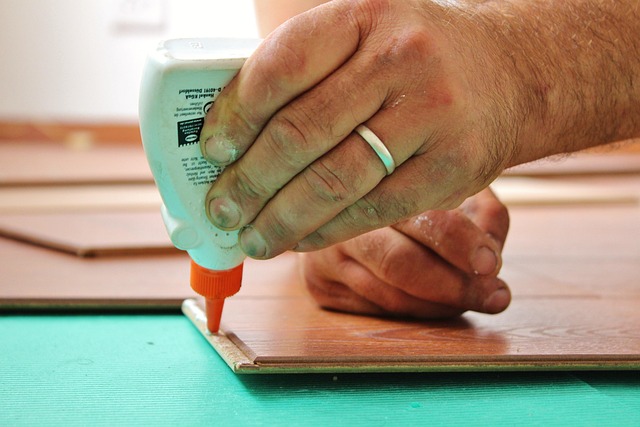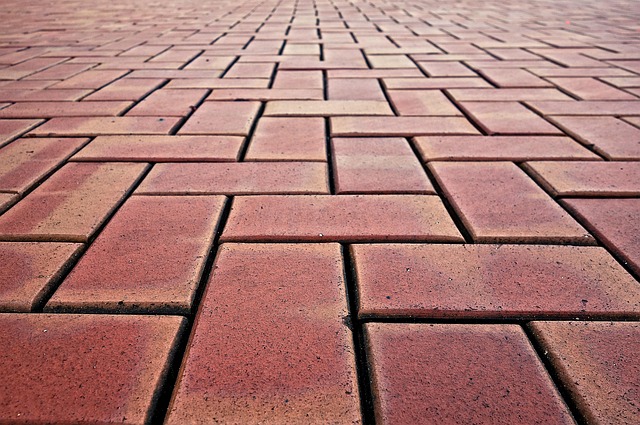Glue Laminated Beams (GLBs) are structural elements made by bonding multiple layers of wood with adhesives. They offer superior strength, durability, and sustainability compared to solid wood beams, making them ideal for long spans and high load capacities. GLBs are transformatively used in construction, from bridges to buildings, due to their advanced gluing techniques and lamination processes. Quality control measures ensure their consistent performance, while recent advancements have improved their weather resistance and bonding strength.
“Enhancing the performance of glue laminated beams is paramount in modern construction, ensuring structural integrity and efficiency. This article provides an in-depth exploration of the Glue Laminated Beam (GLB) definition and its fundamental role in building design. We delve into key factors influencing beam performance, showcasing advanced bonding techniques and meticulous quality control measures. Real-world applications and case studies highlight successful implementations, offering valuable insights for engineers and architects seeking to optimize GLB usage.”
- Glue Laminated Beam: Understanding the Basics
- Key Factors Affecting Beam Performance
- Advanced Techniques for Enhanced Bonding
- Quality Control Measures for Consistent Results
- Real-World Applications and Case Studies
Glue Laminated Beam: Understanding the Basics

A Glue Laminated Beam (GLB), also known as a laminated timber beam, is a structural element crafted by bonding multiple layers of wood together using adhesive. This construction technique creates a strong, durable beam with superior mechanical properties compared to solid wood. Each layer, or lamina, is aligned parallel to the longitudinal axis, providing exceptional strength and stability.
The design and use of GLBs are influenced by various factors, such as the type and quality of wood, adhesive, and the orientation of the laminas. They are particularly beneficial in situations where large spans or high load capacities are required, making them a popular choice in construction projects. For instance, when dealing with long-span bridges or heavy structural support needs, GLBs offer a sustainable and cost-effective solution. Proper long-term care and maintenance of glued wooden structures is essential to ensure their integrity, including regular inspection and adherence to guidelines for humidity control and cleaning. For expert advice on glue laminated beam design and implementation, give us a call at (607) 369-9341.
Key Factors Affecting Beam Performance

The performance of glue laminated beams significantly depends on several key factors. First and foremost, the Glue Laminated Beam Definition itself refers to a manufacturing process where individual wooden elements are bonded together using strong adhesives, creating a single, robust structural component. The quality and type of adhesive play a crucial role in determining the beam’s strength and durability. Additionally, the selection and preparation of the wood components, including their species, grade, and dimension, directly impact the final structural performance.
Another critical aspect is the evolving role of glue laminating in architecture, which has transformed the construction industry by offering a sustainable alternative to steel beams. When compared with traditional steel beams, the difference between glued and steel beams lies in their material composition and fabrication methods. Glue laminated wood beams for construction have gained popularity due to their superior strength-to-weight ratio, aesthetic appeal, and environmental benefits, such as reduced carbon footprint. You can find out more about these innovative solutions at our location at 18 Clifton St, Unadilla, NY 13849.
Advanced Techniques for Enhanced Bonding

In the realm of structural engineering, Glue Laminated Beams (GLBs) have emerged as a game-changer due to their superior strength-to-weight ratio and ability to span longer distances than traditional wood beams. The GLB definition involves laminating multiple layers of wood veneers with glue, creating a robust composite material. Advanced bonding techniques play a pivotal role in enhancing the performance of these structural components. By utilizing innovative gluing methods and precise lamination processes, engineers can achieve unparalleled bond strengths, ensuring the integrity of the final product.
This state-of-the-art approach not only improves the load-bearing capacity but also makes GLBs more adaptable for various industrial applications. From commercial buildings to outdoor structures, the commercial use of glue laminated beams is expanding due to their durability and eco-friendly nature. Moreover, effective repair and maintenance strategies ensure these beams last for decades, making them a sustainable choice. For those interested in learning more about this technology, visiting us at 18 Clifton St, Unadilla, NY 13849 can provide valuable insights into the industrial applications of glue laminated wood and its diverse benefits.
Quality Control Measures for Consistent Results

Ensuring consistent quality is paramount when working with glue laminated beams, as they are known for their strength and versatility in construction (Glue Laminated Beam Definition). Implementing rigorous Quality Control Measures (QCM) throughout the production process guarantees that each beam meets the highest standards. This involves regular inspections at every stage, from material selection to finished product, to verify adherence to specific criteria. By comparing glue laminated beams to cross-laminated timber alternatives, it’s evident that the former offers enhanced structural integrity and performance due to the precise lamination technique.
One key aspect of QCM is testing the quality of the glue used. Advanced glues are now available with improved bonding properties and environmental resistance, which can be further enhanced through innovative lamination techniques. The latest advancements in glue lamination, combined with meticulous quality checks, result in beams that offer significant benefits to builders and architects, including reduced weight, increased dimensional stability, and excellent fire resistance. For those looking to explore these options further, a visit to our showroom at 18 Clifton St, Unadilla, NY 13849 can provide valuable insights into the diverse range of glue laminated beams available.
Real-World Applications and Case Studies

In real-world applications, Glue Laminated Beams (GLBs) are revolutionizing construction and engineering projects due to their exceptional strength-to-weight ratio and durability. These beams, crafted by bonding together multiple layers of timber with strong adhesives, offer a sustainable and cost-effective alternative to traditional structural materials. From high-rise buildings to bridge construction, GLBs are proving their mettle in challenging environments. For instance, case studies have shown that these laminated beams can withstand extreme weather conditions, including hurricane-force winds and heavy snow loads, preserving the integrity of structures they support.
The latest advancements in glue lamination technology have further enhanced the performance of GLBs, addressing historical concerns about bonding strength and moisture resistance. Innovations such as improved adhesive formulations and precise lamination techniques ensure that each beam meets stringent quality standards. Moreover, these advancements consider the pricing factors for glue laminated timber, making them a cost-competitive option without compromising on quality or durability. Visit us at 18 Clifton St, Unadilla, NY 13849 anytime to explore how we’re preserving the integrity of glue laminated components through cutting-edge innovations in GLB technology.
In understanding the basics of glue laminated beams, optimizing their performance through key factor adjustments, advanced bonding techniques, and rigorous quality control measures is paramount. By leveraging these strategies, as demonstrated in real-world applications and case studies, it’s evident that enhanced glue laminated beam performance can be achieved consistently. This knowledge ensures stronger, more reliable structural components for various construction projects.













